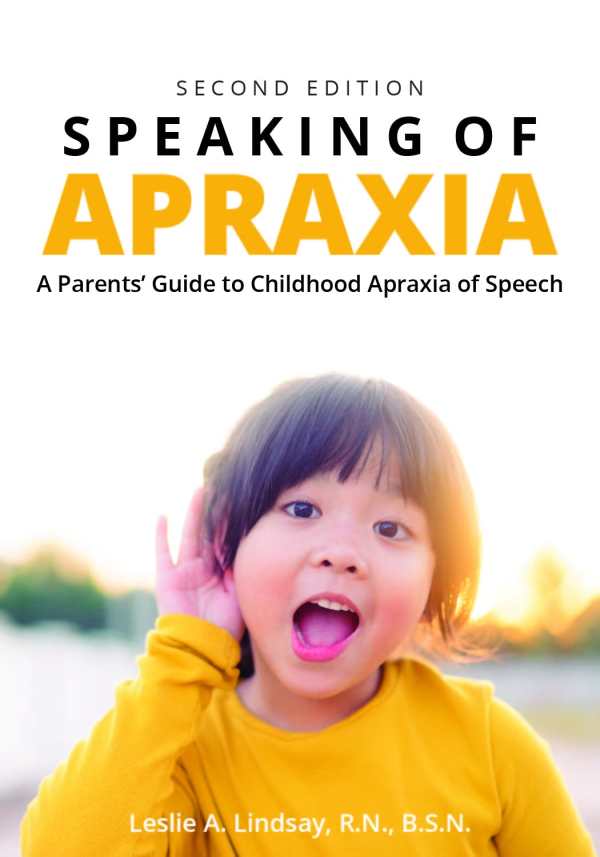
Speaking of Apraxia
A Parents' Guide to Childhood Apraxia of Speech
Speaking of Apraxia is sympathetic and encouraging in suggesting ways for families to deal with childhood apraxia of speech.
Leslie A. Lindsay goes over the challenges and joys of raising a child with childhood apraxia of speech in her parenting book, Speaking of Apraxia.
Verbal communication is more complicated than it seems, Lindsay says, especially for children with childhood apraxia of speech (CAS). CAS is a type of neurological disorder characterized by a child’s inability to formulate or pronounce words at an age-appropriate level, despite knowing the words and what they want to communicate. Lindsay, a former nurse and the mother of a daughter with CAS, shares her hard-earned wisdom on finding a good therapist, creating a home environment that’s conducive to language learning, coping (and helping other family members cope) with the diagnosis, and much more.
This updated second edition of Speaking of Apraxia includes additional, up-to-date resources. It also includes information on how teletherapy can ensure continuity of treatment during the Covid-19 pandemic and other public health emergencies. Lindsay is careful to stress that one book cannot solve everything, and that no “miracle cures” exist. Instead, she says, this volume should be used as one tool among many. It includes advice on many topics that parents of children with CAS want and need to know about, such as potential causes and comorbidities, the most effective therapies, and the science behind select “alternative” treatments. It also differentiates between CAS and other speech disorders and delays.
The book can be read from cover to cover, or out of order in bits and pieces. Its structure is helpful for busy parents who need to find specific information quickly. Its appendices include useful supplementary information, such as definitions of clinical terms and potential sources of financial aid. Lindsay combines input from her personal stories, other moms, and speech-language pathologists to create a more complete picture of what it is like to live with, and overcome, CAS, though input from people who had or have CAS themselves is absent. Scientific, evidence-based discussions of the disorder and its treatments are delivered in clear, straightforward language that parents with no medical expertise can understand.
The book takes a realistic view of life with and after CAS. It accounts for the realities of insurance limitations, family schedules, and other possible obstacles to getting proper treatment. However, it is also optimistic, exploring the many ways to boost a child’s vocabulary and self-esteem, and emphasizing the importance of celebrating the little victories along the way. Helping a child with CAS catch up with their peers is a long process, Lindsay knows, but there is always light at the end of the tunnel. When caught early, CAS is very treatable, and children who once struggled to speak can grow into confident, happy teenagers and adults.
Sympathetic, encouraging, and even funny at times, Speaking of Apraxia examines how families can deal with childhood apraxia of speech.
Reviewed by
Eileen Gonzalez
Disclosure: This article is not an endorsement, but a review. The publisher of this book provided free copies of the book and paid a small fee to have their book reviewed by a professional reviewer. Foreword Reviews and Clarion Reviews make no guarantee that the publisher will receive a positive review. Foreword Magazine, Inc. is disclosing this in accordance with the Federal Trade Commission’s 16 CFR, Part 255.
